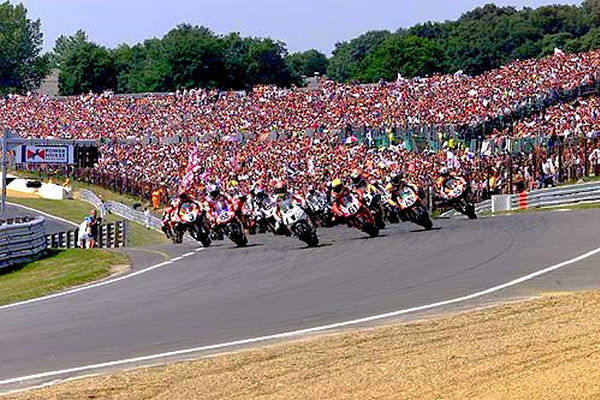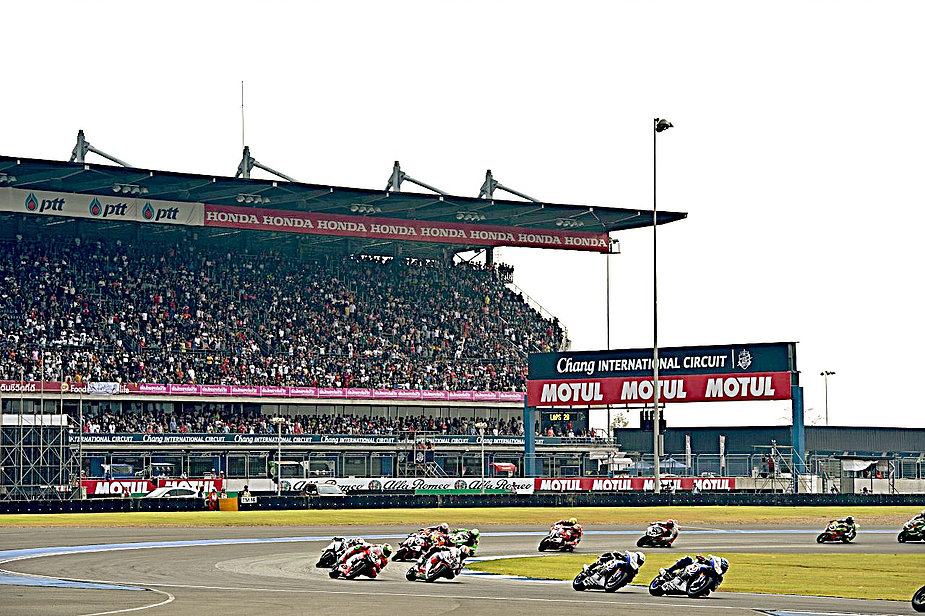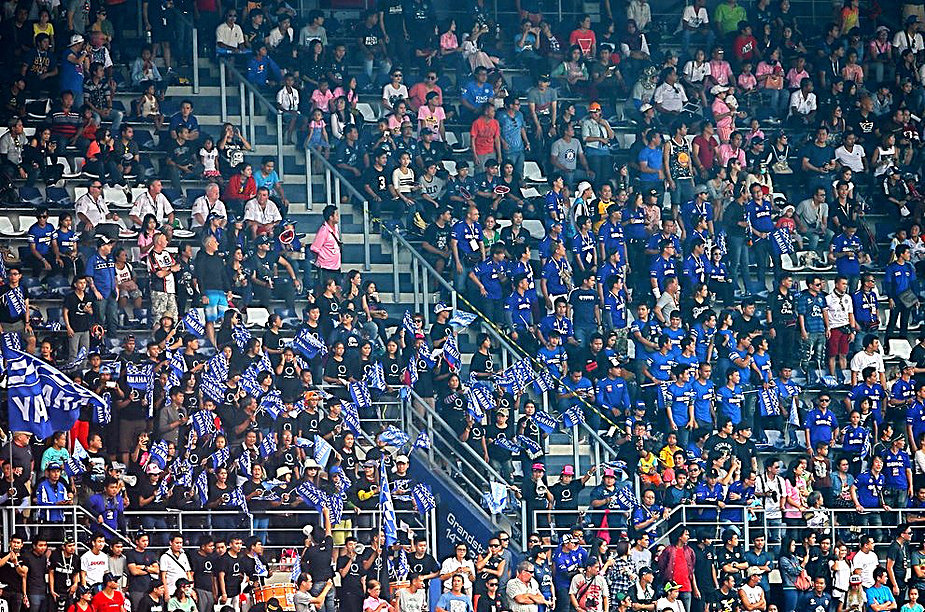
Paul Seaby, Benetton Mechanic – Hockenheim, 1994
For those of you new to my feature article “The Vault”, it is where I take iconic photographs I have on the wall of my writing studio and tell the story behind the picture.
On 31st July 1994, the German Grand Prix took place at Hockenheim. Gerhard Berger won from pole position, with the Ligier-Renault’s of Olivier Panis and Eric Bernard completing the podium spots. David Coulthard set the fastest lap of the race. Only eight cars finished.
You would be forgiven for not remembering the above information from this race, as the photograph that headlines this post shows. The race at Hockenheim would be remembered for something else. The pit lane fire involving Jos Verstappen’s Benetton B194.
Prior to this dramatic incident, seen live on television, the race had a chaotic start with eleven cars retiring on the opening lap.
Soon after the start Alex Zanardi, in is Lotus and Andrea de Cesaris in the Sauber came together at the back of the grid. This caused Minardi team mates, Michele Alboreto and Pierluigi Martini to be taken out of the race, four cars gone and the race had not even reached the first corner. The drama did not stop there as Mika Hakkinen’s McLaren and Coulthard’s Williams also had a coming together going into the first corner. The McLaren slid across the track, in front of a group of cars, straight into a wall on the outside. Coulthard carried on, though he had to return to the pits to have his front wing replaced.

Whilst Hakkinen was sliding across the circuit it was causing a knock-on effect lower down. Mark Blundell (Tyrrell) braked hard to avoid the Finn but was promptly shunted from behind by Eddie Irvine in the Jordan. In the same incident, Rubens Barrichello, Irvine’s team mate, took avoiding action into the gravel. Martin Brundle’s Tyrrell tangled with the Lotus of Johnny Herbert. Brundle carried on, though he would retire on lap nineteen with an engine problem. The Lotus of Herbert was out. Heinz-Harald Frentzen also found himself on the gravel in this incident. He continued but was forced to stop at the end of the lap with a broken suspension and punctured tyre. Although they were not first lap retirements, Damon Hill and Ukyo Katayama also had a collision which damaged the suspension of Hill’s Williams. Hill would go on to finish 8th, Katayama would be out six laps later with throttle issues.

This was just the first lap.
It was on lap fifteen when hell descended on the pit lane.
Jos Verstappen, a twenty-two year old racing driver from the Netherlands in only his fifth Grand Prix. Previously he had retired in the Brazil Grand Prix, the Pacific Grand Prix and France then finished 8th in the British Grand Prix. He had failed to start in San Marino, Monaco, Spain and Canada.
Verstappen brings his car into the winding pit lane of Hockenheim and pulls up at the Benetton garage. He stops and the mechanics get to work. What happens next is best explained by a quote from a person who was there. Steve Matchett was a mechanic for Benetton and he recalled the incident in his book “The Mechanic’s Tale: Life In The Pit-Lane Of Formula One”:

“I participated in well over four hundred pit stops with Benetton and in the vast majority of them I escaped with nothing more than a rapidly beating heart. But in Hockenheim, during the 1994 German Grand Prix, as we tried to refuel Jos Verstappen’s B194, our luck finally ran our and the Benetton mechanics were caught amid the flames of the most spectacular fuel fire Formula One has seen. The next morning photographs of us, our overalls aflame, made the front page of every daily newspaper throughout the world. With the quick-release rear jack I was responsible for lifting the back of the car, while my opposite number, Kenny, operated the front. It had been agreed that we wouldn’t ‘drop’ the car until the refuelling hose had been removed as this would prevent the driver trying to leave early, dragging the fuel rig and Simon, the mechanic brave enough to operate it, down the pit lane should it become jammed.
The fuel hose went on, and through the powerful heat haze which surrounded the car I kept an eye on Simon, waiting for him to signal that he had finished. But what I saw was a spray of fuel flooding over the bodywork, drenching the mechanics who had started to change the tyres and washing over the rear wing towards the brake discs. Time slowed down to a snail’s pace. My god, I thought, we lucky that didn’t go up! Then it did.
The car disappeared in a ball of white flame and I remember a noise like a rush of air produced before an underground train enters the station. My overalls were on fire and I remember rolling on the ground trying to extinguish the flames. The McLaren mechanics came running to help and it was their speed and efficiency that saved me from serious injury.”
In the photograph at the top of this page is Paul Seaby, he also escaped uninjured from this incident and went onto work with teams such as Lotus and Renault as team manager. These are other comments from those present at the time:
Greg Fields – Race Team Co-Ordinator: “It all happened in slow motion. I concentrated on the fuel connector to try to put out the source and then stepped forward to Jos, who was still strapped into the car, to put him out. Then there were a couple of other guys at the back of the car who were on fire.”
Pete Hennessy – Engine Technician: “I thought someone up in the Paddock Club must have dropped beer on us. Then the car went up and I remember this intense heat. I thought my back was on fire but is was my arm and the back of my head. I think everyone was a bit apprehensive the next time we did a pit stop, but you just get on with it, don’t you?”
Jonathan Wheatley – Front End Mechanic To Schumacher: “Only two litres of fuel caused the fire, but it became atomised and was highly combustible. But the race was still on and we had to pull the overalls from injured crew members to suit up other guys. It was all hands on deck.”
Mick Ainsley-Cowlishaw – Chief Mechanic: “The fuel ran down the engine cover towards the brakes and then it went boom! Everyone was very blase in those days. I wasn’t wearing any gloves. After that, it all changed completely. Luckily the guy on the fire extinguisher was very quick.”
Kenny Handkammer – Race Mechanic To Schumacher: “It was scary, but it was controlled. The only injuries I sustained were from breathin in the halon from the fire extinguisher, which is banned now. it was a shame that Michael had a failure in the race, because I think if we’d had another pitstop that day it would have made things easier.”
Dave Jones – Composites Fabricator: “The car pulled in smoothly, but as the connector went in there was this mist of fuel. As soon as I saw it, I knew something was going to go. I stepped back five feet and saw it ignite. I ran into the garage and patted down Michael Jakeman, who was on fire.”
1994 will be remembered for different, tragic reasons. The photograph above demonstrates the real dangers that exist within the sport. Refuelling in Formula 1 was last used in 2009, the subject has again been raised for it to return. Some are in favour of this idea, others are against it.
If refuelling does return it does present the dangers we witnessed on that day in July in Germany, a day all those involved will never forget.
Every picture tells a story.
See You At The Chequered Flag.
Neil Simmons
@world_racing






 On the second lap of the race, Schlesser’s Honda slid wide at the Six Freres curve, just before the tight Virage Du Noveau Monde right hander. He crashed into a bank close to the circuit and the car erupted in flames. It was laden with fifty-eight laps worth of fuel and the magnesium bodywork just ignited. Schlesser stood no chance of survival.
On the second lap of the race, Schlesser’s Honda slid wide at the Six Freres curve, just before the tight Virage Du Noveau Monde right hander. He crashed into a bank close to the circuit and the car erupted in flames. It was laden with fifty-eight laps worth of fuel and the magnesium bodywork just ignited. Schlesser stood no chance of survival.


















